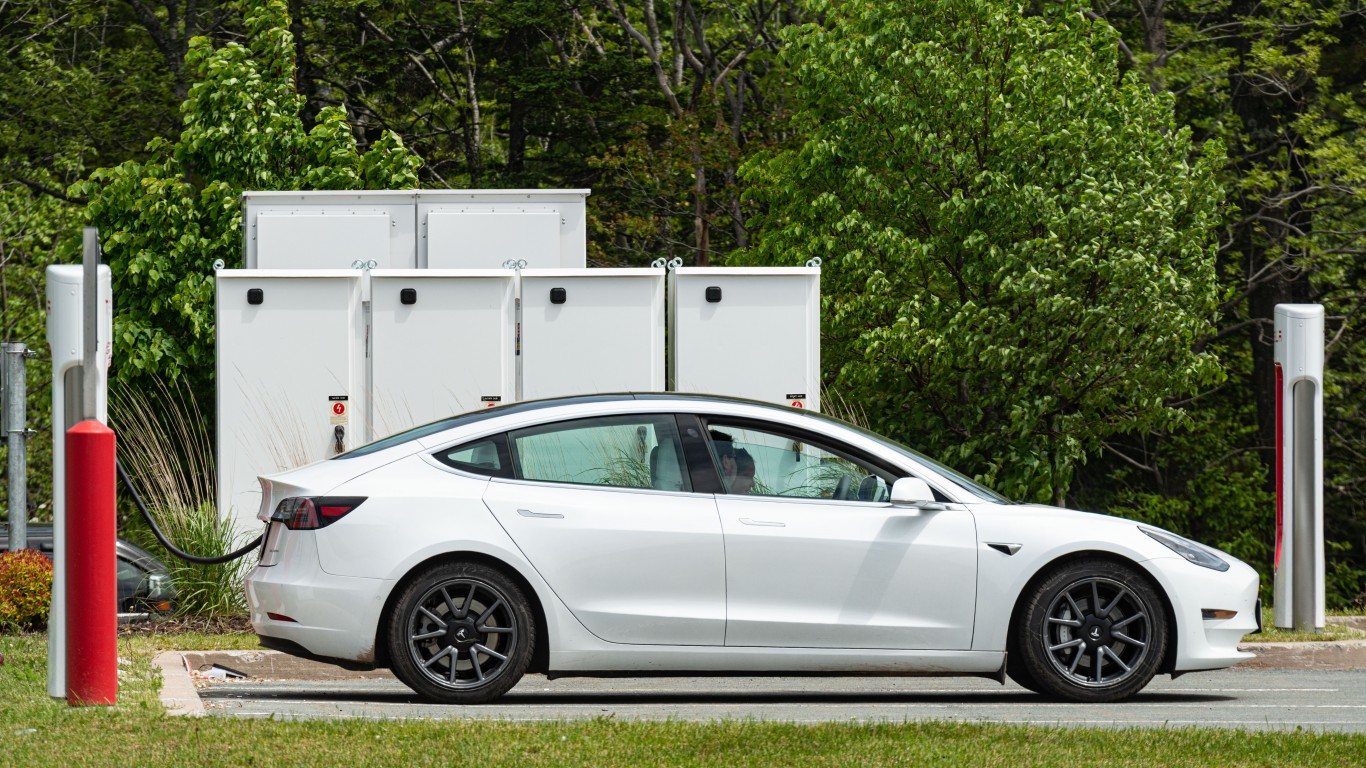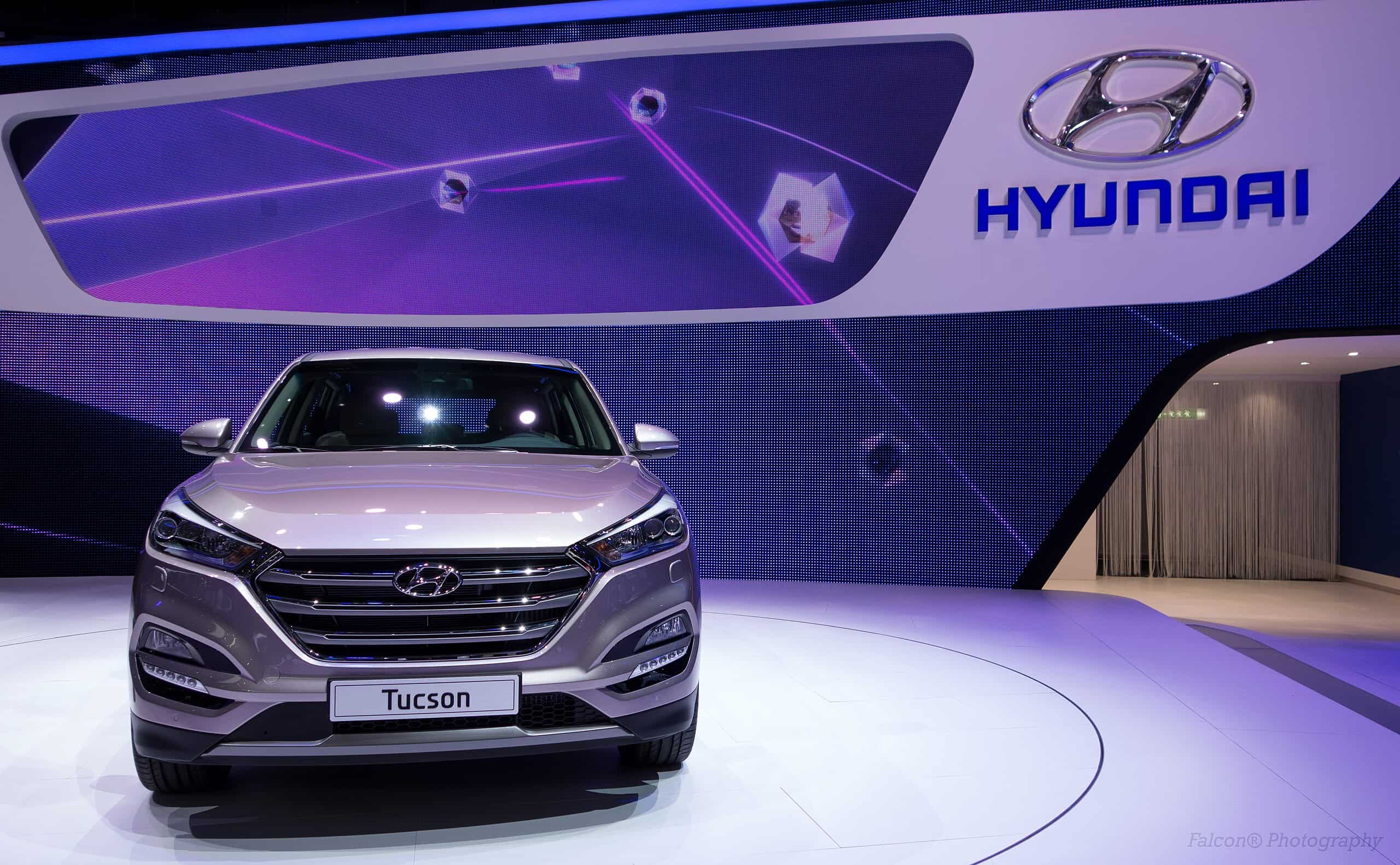
As one of the best-known vehicles in the Hyundai lineup, the Tucson has been a staple compact crossover SUV since its release in 2004. Having sold more than 7 million units, the Tucson is Hyundai’s best-selling SUV, and its sister car is the Kia Sportage. Although the Tucson often receives excellent safety and reliability scores, this isn’t to say it is a problem-free vehicle.
With over 20 years of availability, there are bound to be some Hyundai Tucson years worth avoiding. Whether it’s because of engine issues, airbag recalls, safety concerns, or electrical problems, something can always prevent you from buying at least one particular model year. To discover the worst Hyundai Tucson years, we’ll use data from websites like Consumer Reports, Car Complaints, and Vehicle History to provide a concrete list of model years to avoid.
Avoid: 2011
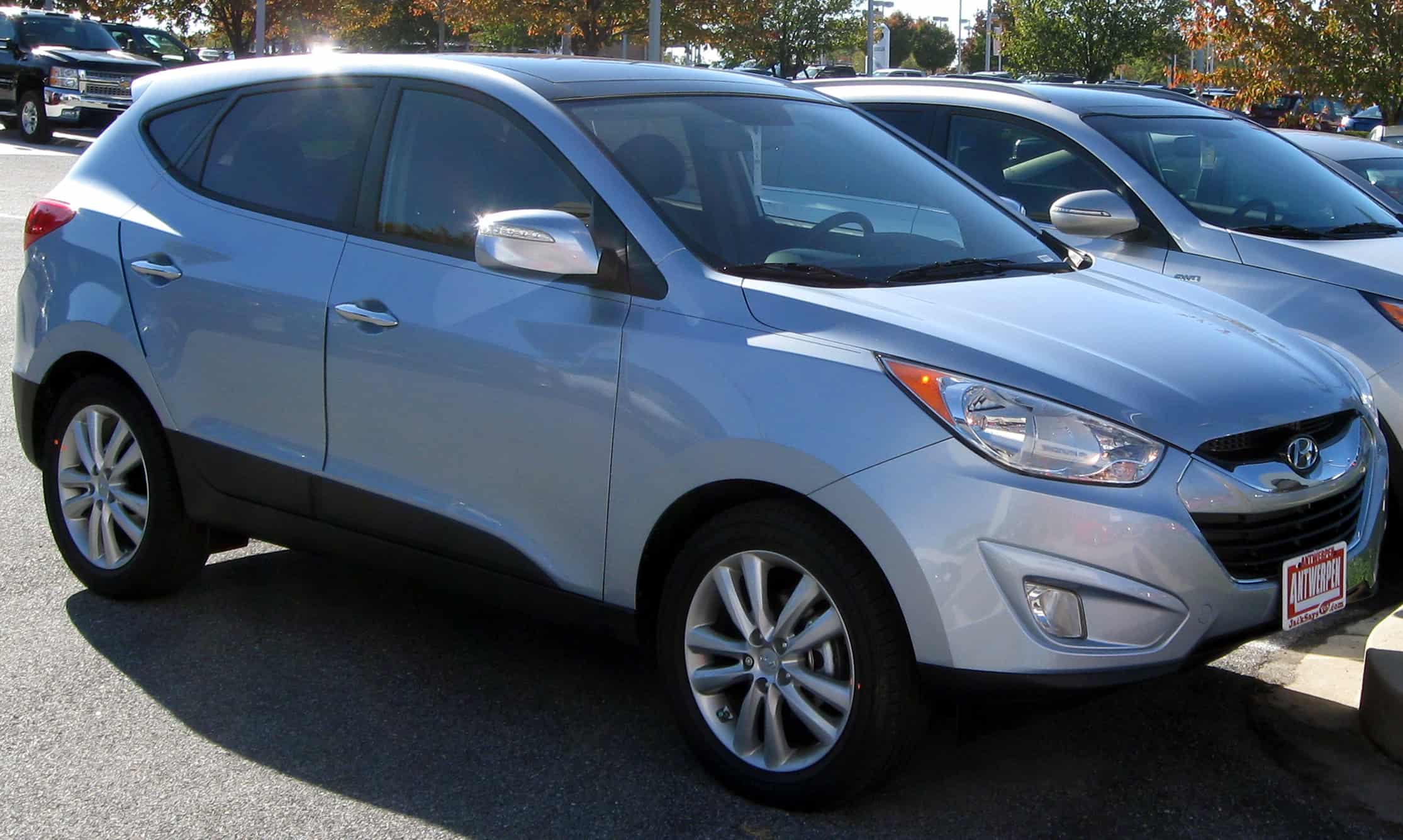
Starting in 2011, the Hyundai Tucson began a streak of model years you should avoid buying used. With 127 NHTSA (National Highway Transportation and Safety Administration) complaints filed in 2011, there remains a large concern over the 2011 recall. This recall was sent out due to a transmission fluid cooler hose that had manufacturing defects and was recalled to fix a potential transmission leak. There were definite instances of customers complaining about liquid leaking from their vehicles, so it was clear the issue was widespread.
While less of a potential concern, another recall over a loose airbag assembly in the steering wheel also caused some concerns. However, safety scores are one of the biggest reasons for avoiding the 2011 model year. While IIHS (Insurance Institute of Highway Safety) offered the Tuscon a rating as a “Top Safety Pick,” it did so while still giving the “Small Driver Overlap” a score of “Poor.” It’s hard to recommend any vehicle that receives any score of Poor for any safety rating whatsoever.
Avoid: 2012

There was a major increase in NHTSA complaints in 2012, up to 373 filings over the volume received in 2011. This is a 193% increase in complaints, a notable and concerning number that should not be ignored. However, before jumping into the NHTSA concerns, it’s immediately notable that the IIHS “Poor” Small Driver Overlap score held up again this year. If, for no other reason, another stamp of “Poor” on the 2012 Hyundai Tucson is a reason to avoid.
However, the biggest reason to avoid the Hyundai Tucson were the 171 NHTSA complaints about engine issues. When it comes to issues like engine stalling and premature engine failure, this is a model year you need to avoid. In addition to engine issues, gear shifting and transmission failure issues were prominent in 2012 and were responsible for at least one crash and 11 separate fires, according to Car Complaints.
Avoid: 2013
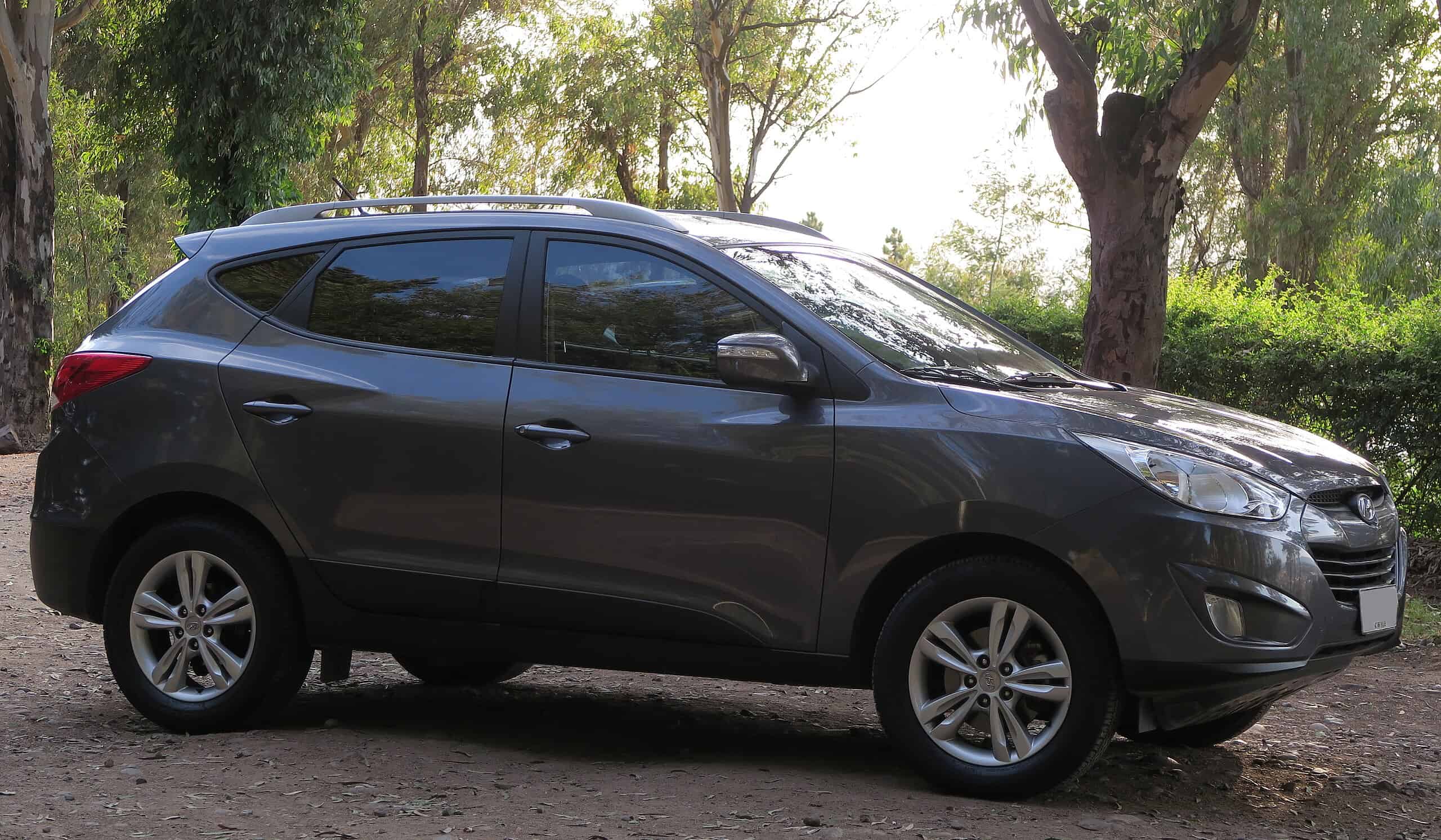
Continuing a concern from the last two years, the 2013 Hyundai Tucson has another round of engine failure complaints. With another 226 NHTSA complaints in 2013, it should be no surprise that the majority, 144 complaints, were specifically focused on engine problems. Most complaints surfaced at mileage north of 60,000 miles, but it’s still a potential concern for new Tucson owners as they drive more and more.
Unfortunately, engine issues were not the only concern, as the same IIHS Small Driver Overlap safety concern remained. As such, it’s hard to wholeheartedly recommend the 2013 Hyundai Tucson between the safety score and engine concerns. It’s even more challenging to do so when Consumer Reports noted that Tucson’s overall ride and road noise were big concerns that should not be ignored, especially when compared to similarly priced competition.
Avoid: 2015
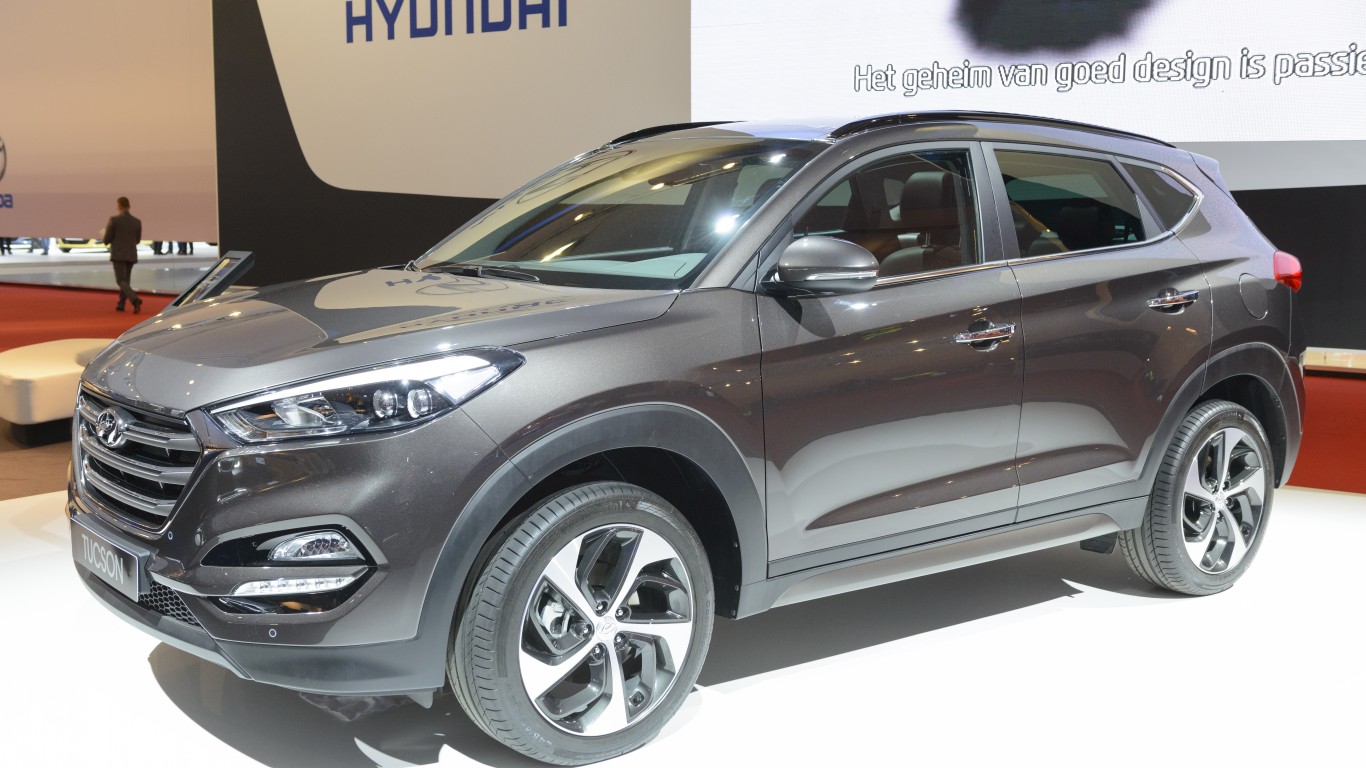
While the Hyundai Tucson gets a reprieve for 2014, the years to avoid pick up again in 2015. According to Consumer Reports, the 2015 model offers a good fuel economy, but this is easily overlooked when there was an unusually high amount of road noise. As this takes away from the driving experience, it creates another consideration with which you should avoid purchasing the 2015 Tucson model year. What’s also notable is that IIHS finally pulled its Top Safety Pick award in 2015 as the Small Overlap Driver score remains Poor.
Along with Consumer Reports concerns, there are 273 total NHTSA complaints, and once again, the largest number of complaints belongs to engine issues. According to Car Complaints, with 108 filings, Tucson owners frequently complained about their vehicle not starting, the engine blowing out, or just having low power overall. Brake problems were also a concern, with 69 separate NHTSA complaints filed over a potential issue where the brakes would simply stop working.
Avoid: 2016
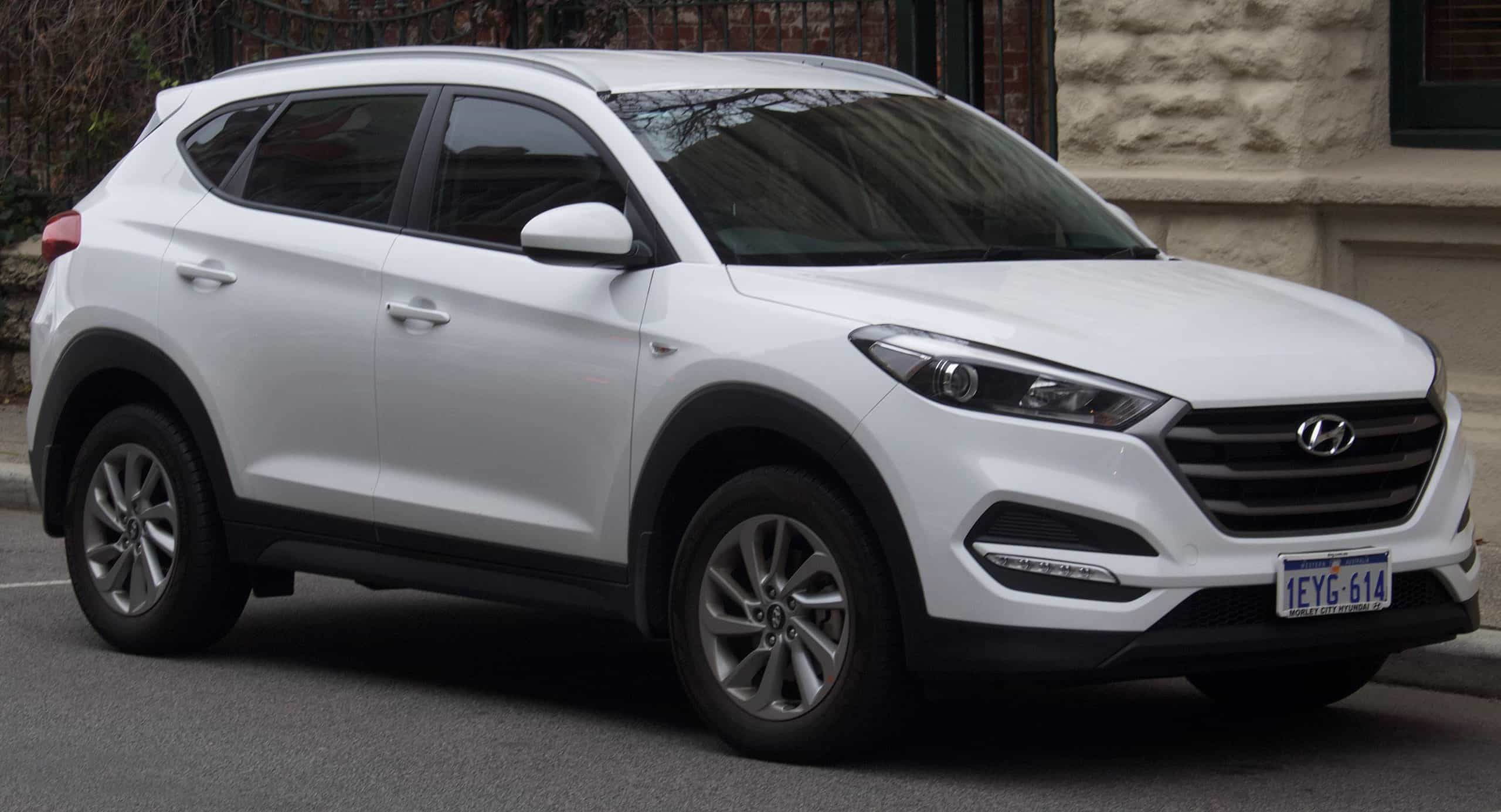
Receiving the “Beware of the Clunker” award from Car Complaints, 2016 is undoubtedly one of the worst model years for the Hyundai Tucson. With 1,748 NHTSA complaints, the 2016 model year offers a massive leap in complaints over previous Tucson model years. Starting things off with 467 individual complaints are drivetrain issues, which were said to start as low as 10,000 miles. Between the Tuscon model shaking, strange noises, or the vehicle failing to reverse, this was a clear issue for many Tucson owners.
When you turn your attention to transmission problems, over 385 NHTSA complaints were filed. Among the complaints, you had Tucson drivers voicing concerns over their vehicles stopping suddenly, hesitating to accelerate, and then jerking forward. While Hyundai did issue recalls to try and resolve many of these issues, it’s still a major overall concern that should have you hesitating before considering any 2016 Tucson purchase.
Avoid: 2017
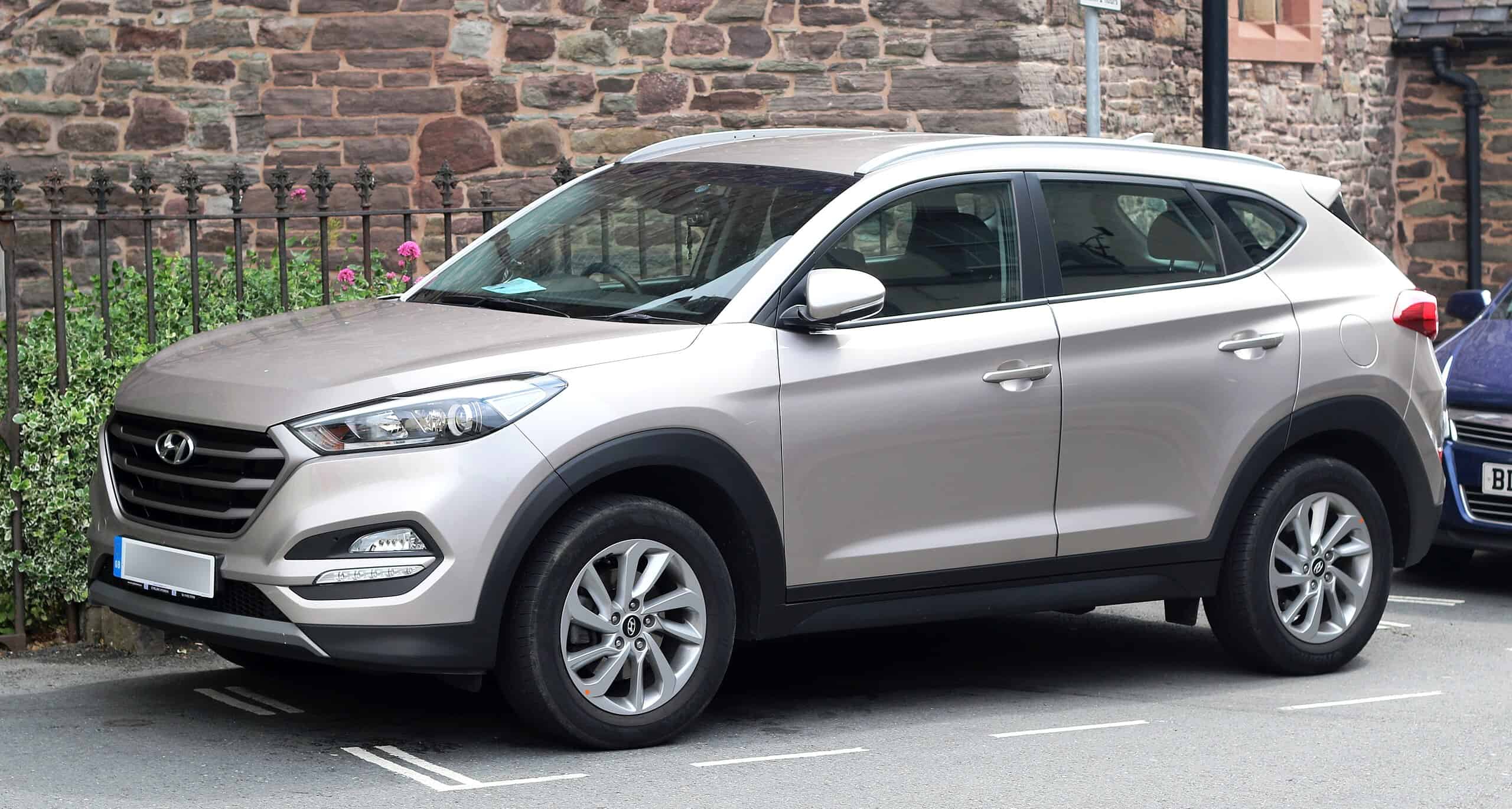
There is no question that 2017 was an improvement from 2016, but not enough to make it worth considering. With another 1,126 NHTSA complaints, the 2017 model year still shows a major increase in total complaints from a few years earlier. Before getting into NHTSA concerns, you can’t ignore Consumer Reports, which drives home a hard message about thinking long before picking up a 2017 Tuscon model. The 1.6T and 2.0L engines in the Tuscon are disappointing to Consumer Reports, and they have major concerns about unwanted engine noise.
Consumer Reports aside, you can’t ignore the NHTSA complaints, either. Engine concerns are again at the top of the list, clearly showing up as the biggest issue the Tucson owners have had to deal with. What’s most concerning is that there was a potential fire hazard with the 2017 Tucson, and Hyundai had to issue a recall to fix it. Hyundai says the issue only affected 95,000 plus vehicles, but that’s enough cars to be concerned about whether any 2017 model is worth purchasing.
Avoid: 2018

The good news is that 2018 ends a nearly direct seven-year run of the Hyundai Tucson model years worth avoiding. With only 322 NHTSA complaints filed in 2018, it was a strong sign that Hyundai had to take the last two years’ worth of complaints and make changes. There is no question that exterior vehicle changes gave the Tuscon a more modern and stylish look. However, inside the vehicle, you still have to contend with engine issues, brake concerns, and acceleration troubles as potential issues that could interrupt ownership.
Unsurprisingly, engine and drivetrain issues bubbled to the surface. Engine issues revolved around excessive oil consumption, cars randomly stopping on the road, and complete engine failure. Drivetrain concerns just piled onto the existing problem checklist. The same concerns from previous years surfaced as the Tuscon hesitated to accelerate and then quickly jerked forward. Last but not least, there were concerns about Tucson owners being unable to brake hard enough to stop in an emergency, a clear danger to owners and other drivers on the road.
It’s Your Money, Your Future—Own It (sponsor)
Are you ahead, or behind on retirement? For families with more than $500,000 saved for retirement, finding a financial advisor who puts your interest first can be the difference, and today it’s easier than ever. SmartAsset’s free tool matches you with up to three fiduciary financial advisors who serve your area in minutes. Each advisor has been carefully vetted and must act in your best interests. Start your search now.
If you’ve saved and built a substantial nest egg for you and your family, don’t delay; get started right here and help your retirement dreams become a retirement reality.
Thank you for reading! Have some feedback for us?
Contact the 24/7 Wall St. editorial team.

